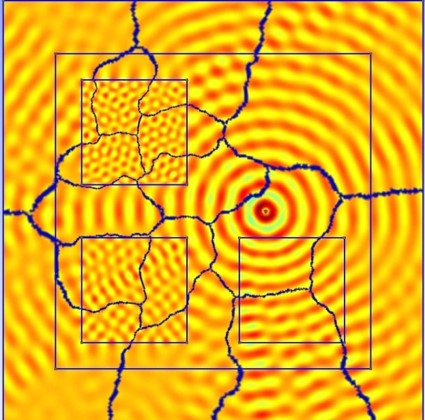
We develop numerical simulations tools based on the finite element method in order to solve Maxwell equations in the harmonic regime.
Due to its versatility, this method has enabled us to simulate various scattering phenomena, such as the interaction of an impinging wave on a rough surface [1] or a wave interaction with volumetric heterogeneities. The computational domains are such that we can now handle configurations which are several hundreds of wavelength long [2].
In particular, we have developed a Decomposition Domain method in order to solve large-scale 3D problems [3, 4] and have been able to couple this method with non-linear inversion schemes [5].

Contact : Hervé Tortel
Keywords : Eléments finis, Décomposition de domaine, Diffraction, Surface rugueuse


 ResearchGate
ResearchGate Flux RSS
Flux RSS